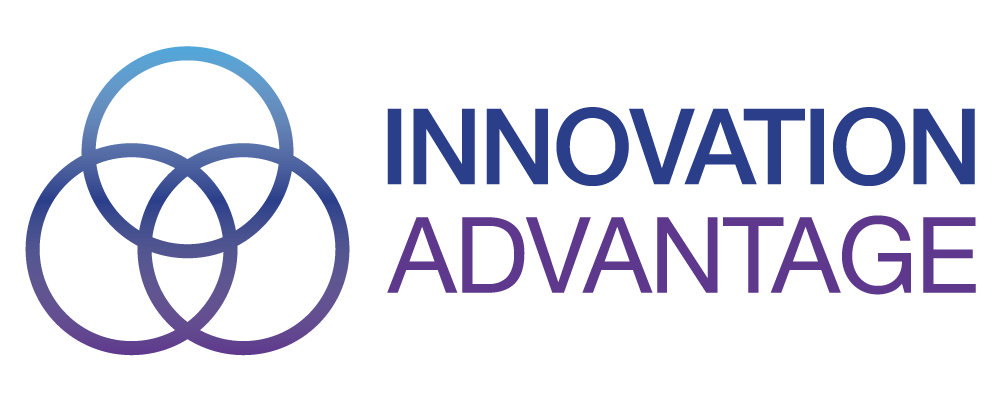Care Transformation: The Need for New Care Team Models
The healthcare ecosystem is rapidly evolving, driven by workforce challenges, technological advancements, changing patient demographics, and a shift toward value-based care. As the healthcare industry moves towards a more patient-centered and collaborative approach, there is a growing need for new care team models. In this blog post, we will explore the concept of care transformation and the importance of embracing innovative care team models to meet the workforce supply issues and evolving needs of patients while improving healthcare outcomes.
The Changing Healthcare Landscape
The traditional healthcare model, centered around the physician as the primary decision-maker struggles to meet the complex needs of today’s patients. Rising healthcare costs, an aging population, the lack of clinical professionals, and an increase in chronic disease all require a more comprehensive and integrated approach to care delivery. Additionally, patients are demanding greater involvement in their healthcare decisions and seeking care that is tailored to their individual needs.
The Importance of Care Team Models
Care team models are collaborative approaches that involve a multi-disciplinary team of healthcare professionals working together to provide comprehensive and coordinated care. These models recognize that no single healthcare professional has all the necessary expertise to address the complex needs of patients, and instead use a ‘greater than the sum of its parts’ approach. By leveraging the unique skills and knowledge of each team member, care team models improve the quality of care, enhance patient satisfaction, and optimize healthcare resources.
Key Elements of Effective Care Team Models
When designing new care team models there are several key elements that should be considered. These are:
- Shared Decision-Making: Effective care team models emphasize shared decision-making between healthcare professionals and patients. This approach involves actively involving patients in their care, providing them with information and options, and considering their values and preferences when making treatment decisions.
- Care Coordination: Care team models need to focus on seamless coordination and communication among team members. This includes regular meetings, information sharing, and the use of technology to ensure that all members of the care team are aware of patient goals, treatment plans, and progress.
- Scope of Practice: Each care team member should work to the full extent of their training and expertise and at the top of their license. By leveraging the unique skills of different professionals, care team models can deliver more efficient and effective care. This may involve expanding the roles and responsibilities of certain healthcare professionals, such as nurse practitioners and physician assistants.
Efficiency and value
Utilizing the “right” care team member for the situation is the best way to ensure competence, safety and value. Nurses don’t have to be the ones to complete feeding, bathing and ambulation. There are other members of the care team that can competently perform these activities, while allowing nurses to provide the care more closely aligned with their scope of practice and that are high-order thinking activities, such as medication administration and assessments.
Consider the role
Care team members don’t have to be clinical per se depending on the function they are asked to perform. For example, some organizations have successfully implemented non-clinical staff to assist patients and care teams with technology needs which is especially helpful in virtual care models. Other organizations are having tremendous success supplementing the care team with service robots to perform various hunting and gathering tasks.
Innovative Inpatient Care Team Models
Many modern or potential care teams involve professionals from different healthcare disciplines, such as physicians, nurses, pharmacists, social workers, and physical therapists, working collaboratively to provide holistic care. These models recognize the importance of addressing the physical, psychological, and social aspects of health to improve patient outcomes.
Non-clinical team members such as scribes, patient advocates, and clerical staff play crucial roles in ensuring efficient operations and advocating for patient needs. They provide essential support in managing paperwork, scheduling appointments, coordinating insurance claims, and maintaining the smooth functioning of healthcare facilities.
Benefits of Innovative Care Team Models
Implementing innovative care team models offers numerous benefits for both patients and healthcare providers. Some of these benefits include:
- Improved Patient Outcomes: By bringing together a diverse range of healthcare professionals, care team models can provide more comprehensive and coordinated care, leading to better patient outcomes, reduced hospital readmissions, and improved patient satisfaction.
- Enhanced Patient Experience: Care team models promote patient-centered care by involving patients in decision-making, addressing their unique needs, and providing personalized care plans. This results in a more positive and satisfactory healthcare experience for patients.
- Increased Access to Care: By utilizing the skills of various healthcare professionals, care team models can expand access to care, particularly in underserved areas or for patients with complex healthcare needs. This improves healthcare equity and reduces healthcare disparities.
- Enhanced Value: Care team models optimize the use of healthcare resources by ensuring that each team member operates at the top of their license. This allows tasks to be delegated appropriately, reducing the burden on physicians, and improving the efficiency of care delivery. Focusing on the “right” care team member in the “right” situation can improve care and positively impact cost.
Conclusion
As the healthcare industry continues to be disrupted, embracing new care team models that promote collaboration, patient-centeredness, and efficient resource utilization is imperative. By leveraging the expertise of various healthcare professionals, these models can improve patient outcomes, enhance the patient experience, and transform care delivery. Care transformation is not just a buzzword; it is a necessary step towards a more effective and sustainable healthcare system.

